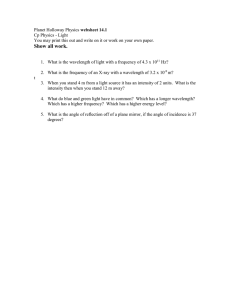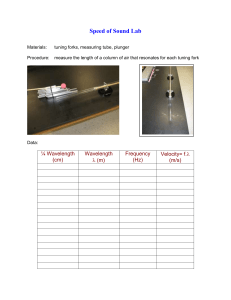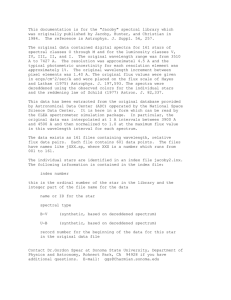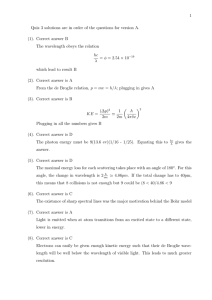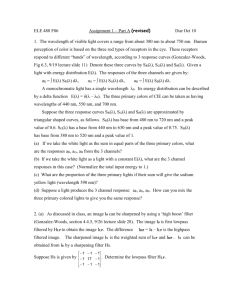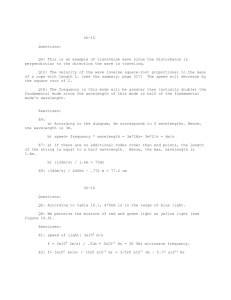Effective Wavelength
advertisement
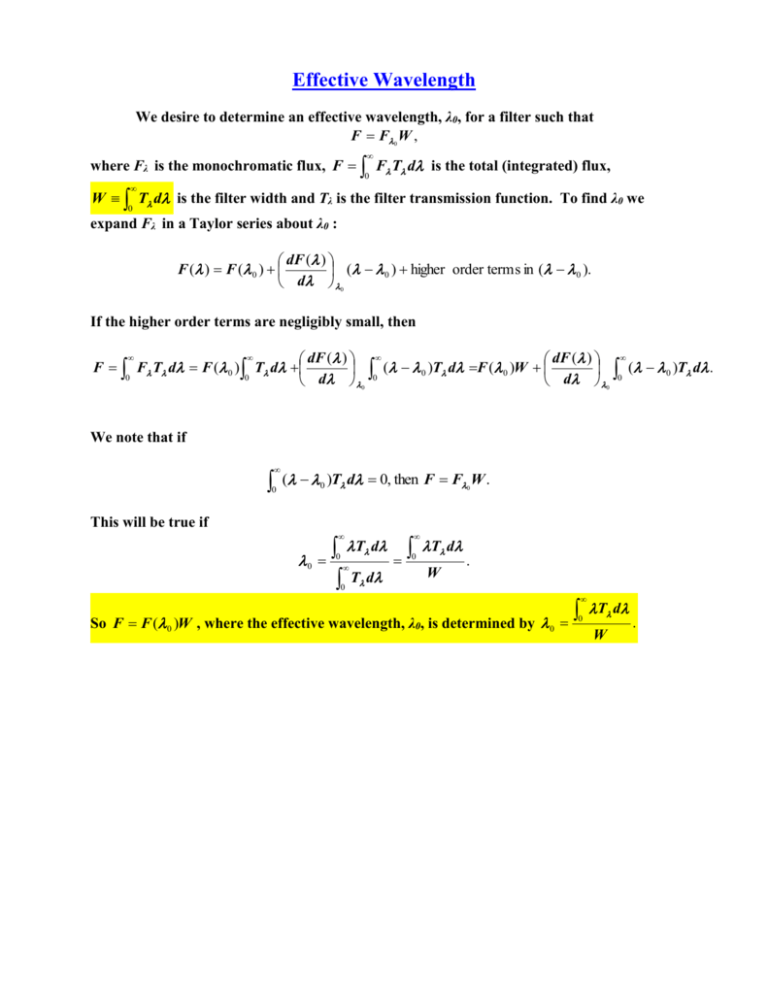
Effective Wavelength We desire to determine an effective wavelength, λ0, for a filter such that F F0 W , where Fλ is the monochromatic flux, F F T d is the total (integrated) flux, 0 W T d is the filter width and Tλ is the filter transmission function. To find λ0 we 0 expand Fλ in a Taylor series about λ0 : dF ( ) F ( ) F ( 0 ) ( 0 ) higher order term s in ( 0 ). d 0 If the higher order terms are negligibly small, then dF ( ) dF ( ) F F T d F ( 0 ) T d ( ) T d F ( ) W ( 0 )T d . 0 0 0 0 d 0 0 d 0 0 We note that if 0 ( 0 )T d 0, then F F0 W . This will be true if 0 0 0 T d T d T d W . 0 So F F ( 0 )W , where the effective wavelength, λ0, is determined by 0 0 T d W .
